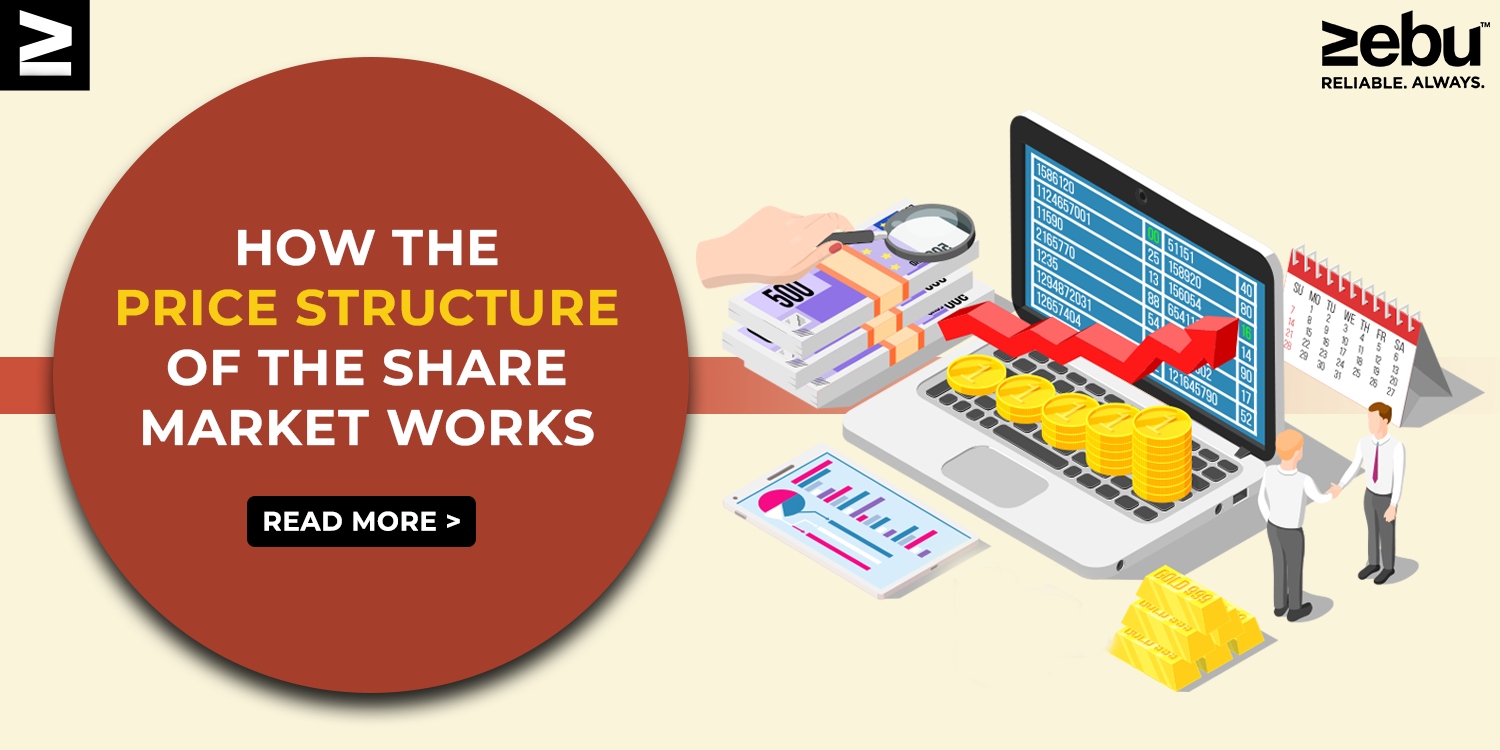
There are several signs that the market gives before going into a correction or even a bear market. If you do your research, you might notice these signs and shield your portfolio from losses. Read on to know more.
Peak valuations: During a stock market bubble, prices go up because of how people feel about the market and because they follow the crowd. Prices are too high compared to what they are worth. Simply put, this means that a company’s fundamentals aren’t getting better as fast as the price of its stock.
High leverage: Speculators can borrow money from brokerage firms (on margin) or NBFCs to keep the bull market going. Due to the high margin and the never-ending cycle of debt, when stocks go down, investors’ wealth may be completely wiped out.
Low-interest rates: They are one way that the government encourages people to borrow money and invest. It also encourages FDI or FPI, which are two types of foreign investment. It doesn’t work well with the stock market. This means that when interest rates go down, the market goes up.
Trend Popularization- There are times when stories about bull markets are told too often. When the media talk a lot about certain stocks, their prices go up a lot. This is called a bubble.
A lot of IPOs that were oversubscribed—Given how things are, there have been a lot of IPOs in the last two years, and 90% of them were oversubscribed, which shows how bullish the market is.
Market Capitalization to GDP Ratio: This metric shows how much a country’s stock market is worth compared to its GDP. India has a market cap that is more than 75% of its GDP. This means that the Indian stock market is worth 75% of the country’s GDP.
PE Ratio: The PE ratio is a good way to tell if the stock market or a company is overvalued.
Most of the time, the Nifty PE ratio is between 15 and 25. If the PE ratio goes below 20, you could say that the market is undervalued. A PE ratio of 20 to 25 means that the market is fairly priced. If the PE ratio is more than 25, it means that the stocks are overpriced. Let’s look at an example of this to help you understand it better.
Several other indicators, such as the Buffet Indicator, the SmallCap Index, and the Sensitivity Index, can also be used to spot a stock market bubble. Even so, you can’t always count on these signs to accurately predict the bubble.
What causes the stock market to drop?
A correction will happen if investors start selling stocks in large numbers because of something like changes in the global economy, rising inflation, a slowdown in economic growth, or even selling out of fear or panic. When a certain number of investors start selling, it causes more investors to do the same. This is called a spiraling effect.








